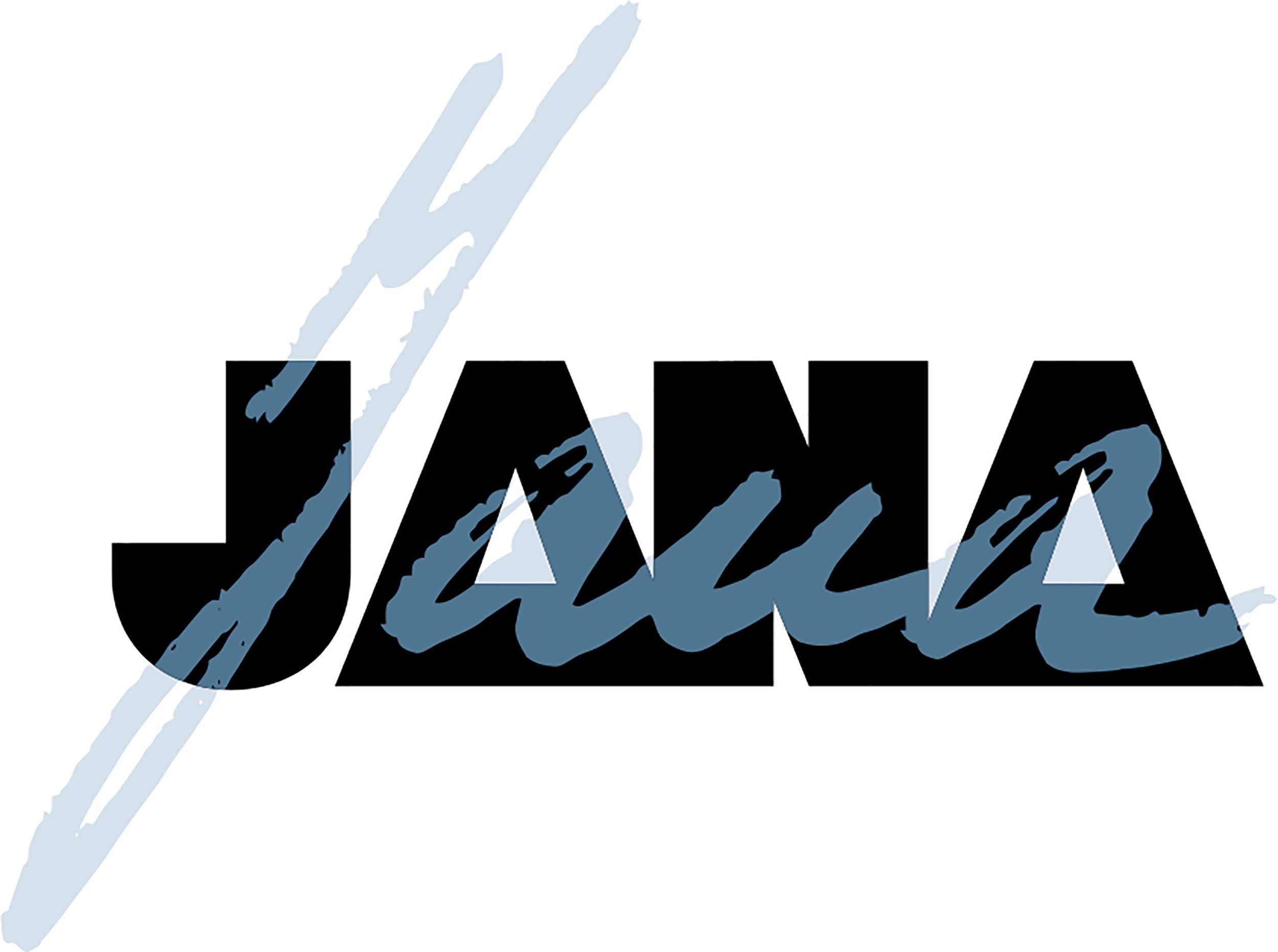On Mediums For Oil Painters
Every practicing artist develops their own personal likes and dislikes. They swear by certain supports, brushes, colours and techniques. Mediums and varnishes are no different.
I would like to share with you my own views on mediums, which stem from 50 years of practice, trials, mistakes and successes.
FAT OVER LEAN
I am sure you have heard this before but what does it mean?
I assume that professional and high-quality oil in a tube comes with the perfect balance of pigment and binder.
The pigment in oil paint is bound/suspended in oil and linseed oil is the usual and proven binder. For acrylic paint, it is an acrylic polymer medium and for watercolours, it is a water-soluble medium/solution (gum arabic). Both acrylic and watercolours have water in their binder and therefore they dry by evaporation, but oil paints have oil in them and therefore they dry or harden by absorbing oxygen from air. The better the ventilation and light, the faster the drying process.
Mediums are made of oil, resin and solvent. Oil makes it fatter and solvent makes it thinner. The resin ensures the durability of paint. We can purchase lean or fat mediums or medium numbers 1, 2, 3 and 4. The larger the number the fatter the medium and the more oil it has in it, the fatter the paint becomes. Using pure oil is definitely not the way to go as it would completely seal the paint.
I personally don’t use linseed oil as I find it too thick and sticky, adding a slightly yellow tinge to the lighter colours and it has a slow drying time. Liquin Original is another medium that I would recommend, especially if you like your painting to dry faster.
Mediums are mixed with wet paint compared to varnish which is applied on top of the dry paint.
I don’t classify turpentine as a medium as it is a solvent and the best for cleaning brushes and other equipment, but it can be used to dilute the paint. It is ideal for brush drawing/sketching and underpainting under the first layer.
Back to the rule of FAT OVER LEAN
When starting the painting you need to make a decision: will you paint alla prima – wet in wet or will you be painting by building one layer after another? If you choose to paint alla prima then you use the paint as it is or with the same medium all over. If your plan is to paint wet in wet but possibly enhance it later with some subsequent layers, mix the lean medium with the paint to give yourself a chance to use fatter mediums for the next layers and to minimise the number of layers.
If your plan is definitely to layer the process of painting, I would recommend starting with thin underpainting using a little bit of solvent with your paint. The solvent will not seal the layer as it makes it porous. Subsequent layers will have to contain more oil each time, which will be absorbed by the layer underneath. Each layer needs to be dry before you apply next one.
The FAT OVER LEAN rule ensures that each layer is absorbed and reduces the drying tension between them because the painting is drying from the bottom layers to the top. Not following this rule can result in cracks or crinkles. The rule applies even if I use a glazing technique, which is a transparent layer over another colour. This is used when I like to alter the colour slightly but not change the shapes.
It may sound very complicated but in reality all you need to do is to make sure that each layer has got a bit more medium/oil then the previous one. If time is of the essence, I use a very thin layer of retouch varnish between the coats of touch-dry paint, which allows the previous layers to breath. It also recovers any paint that may be looking dull and uneven.
It is good to varnish at the end of painting before you apply a final coat of varnish, which may be several months, depending on the thickness of the paint.


